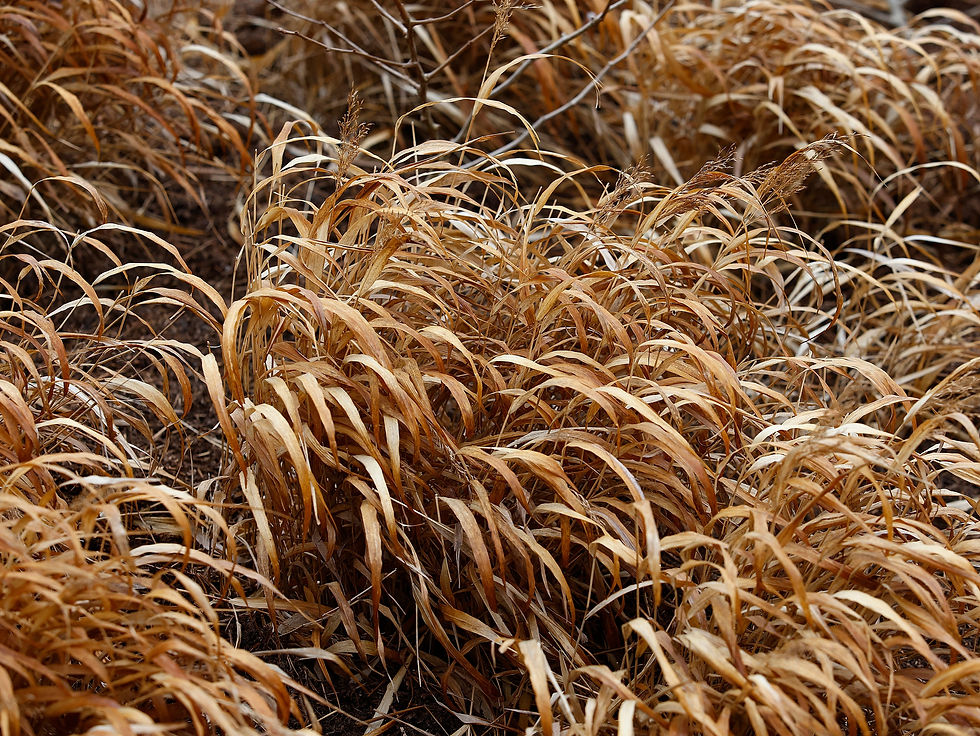Choosing Plants for Your Garden
- Katherine Aul Cervoni
- Mar 17, 2021
- 2 min read

Pick your style
First things first. Choose a style or theme for your garden before embarking on a planting adventure. Perhaps you love wild, naturalistic meadows? Maybe you prefer more modern-leaning monochromatic grass borders? Regardless of the look you love, consider your home's architectural style and interior design when you decide so there's a visual connection between the spaces.

I find lots inspiration in garden and design books as well as on Instagram and Pinterest.
Find your zone
A quick Google search will help you discover what your USDA planting zone number is. In a nutshell, low numbers mean a colder average low winter temperature and higher numbers mean the opposite. With climate change in play, New York City is now generally considered zone 6 or 7 (depends on the year!) while Atlanta is on the cusp of zones 7 and 8.

Check your light
Full sun: 6+ hours of sunlight/day
Part sun/shade: 4-6 hours of sunlight/day
Shade: <4 hours of sunlight/day
Deep shade: No direct sunlight
Know your soil
Clay: Made of very fine mineral particles and little organic matter. It's very dense, heavy, and sticky and tends to hold on to lots of water. Adding a lot of compost will add structure and lightness to this type of soil, making it perfect for gardening.
Loam: A combination of sand and silt with a bit of clay. This is often considered the most ideal type of soil for gardening thanks to balanced nutrients, ability to drain, and ease to work with.
Coarse/sandy: Composed of mostly rocks or sand and a little organic matter, this is the leanest type of soil with minimal nutrient content, i.e. an ability to hold onto moisture.
Acidic: Soil with a pH level lower than 7 (7 is neutral). Many plants such as rhododendrons prefer acidic soil.
Alkaline: Soil with a pH level higher than 7. Lilacs do well in this type of soil.
*Note: To find out what your soil's pH is you can purchase a simple test kit like this one or this 3-in-1 moisture/pH/light meter.

Visit your local nursery
Finally, I highly recommend visiting at least one of your local nurseries to see what they have in stock. Since they're catering to your community, they will certainly have a selection of plants that are suitable for your soil and climate conditions and it's so helpful to see their size and appearance in person. This can also give you a sense of what is readily available for purchase, and what may take a bit more hunting to track down. For example, some lesser-known native plants or unique cultivars might need to be purchased through an online retailer. Bluestone Perennials is a great online source with an enormous catalogue of options.





Comments